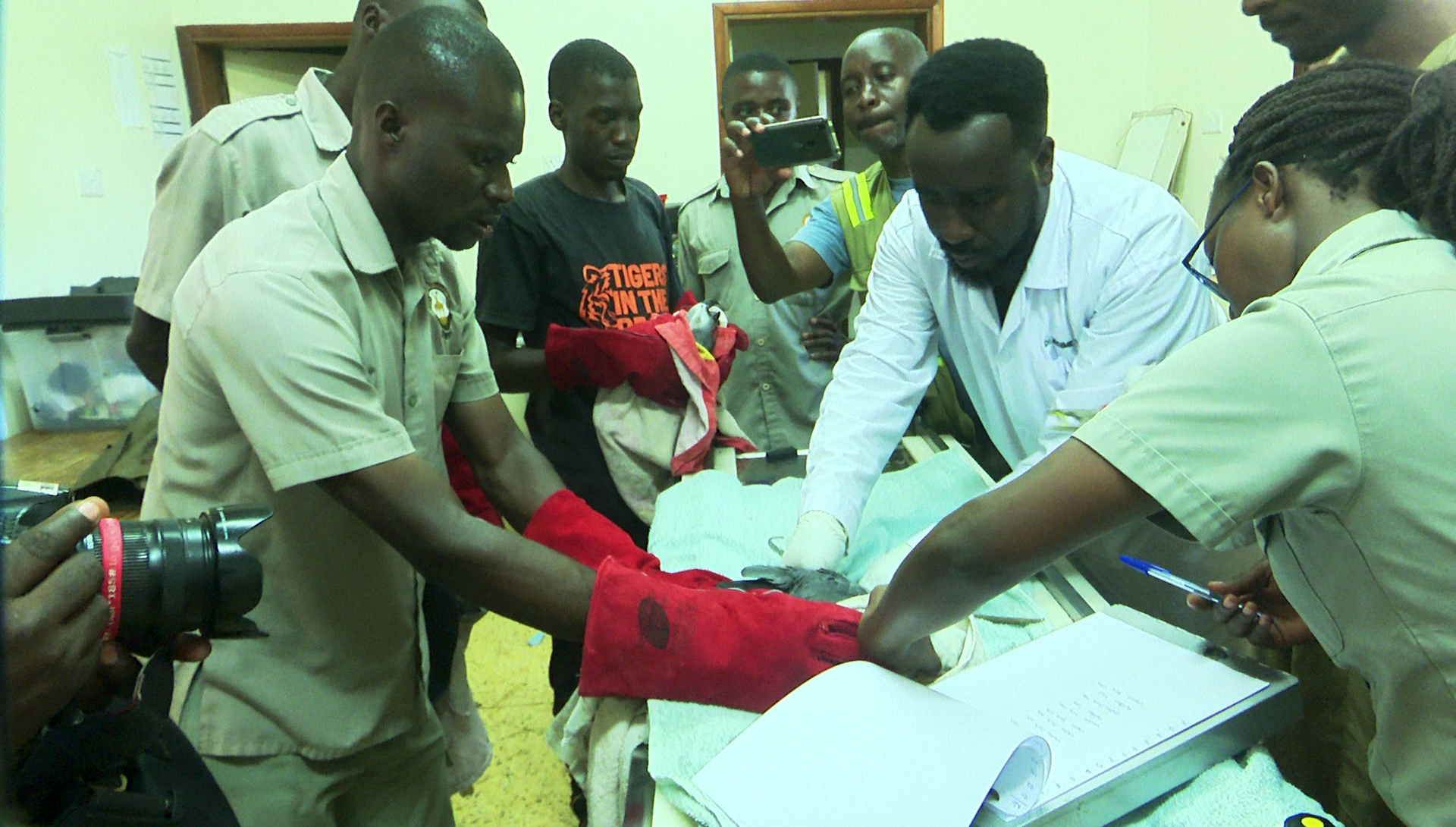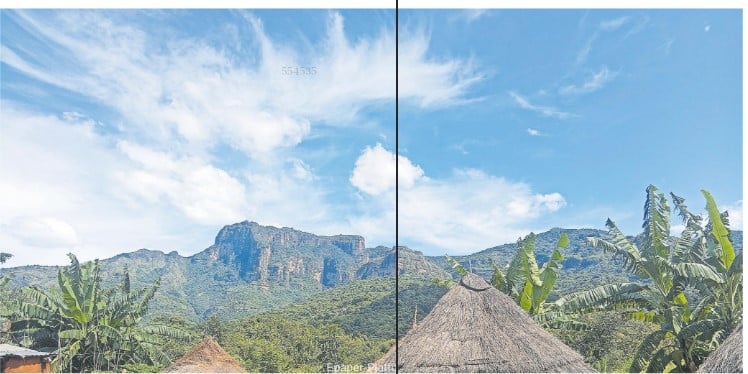Prime
Status of Uganda’s national bird at risk

Writer: Eric E. Ntalumbwa. PHOTO/COURTESY
What you need to know:
- Uganda’s national bird is not only important for its aesthetic, tourism, cultural or environmental values, but is admired as an emblem which forms part of our national heritage.
A month ago, farmers in Lwengo District with rice and maize gardens in wetlands allegedly poisoned grey-crowned cranes, killing 11 on spot and injuring eight. This followed a similar incident in March 2021 when 60 cranes were found dead in the same area.
A recent census conducted by the International Crane Foundation in Lwengo found that 1,359 grey-crowned cranes existed, which now reduces them by 11. These human acts against wildlife are deplorable.
The majestic bird is among the 1,090 bird species in Uganda that avid and eco-tourists look out for during a safari in the Pearl of Africa. Bird watchers are big spenders, and often spend longer times in the country; on average, a birding trip of two to three persons stretching from 14 to 21 days costs $10,000 (about Shs37m) per birder.
Unfortunately, the bird with a striking crown of stiff golden feathers is classified as endangered on the International Union for Conservation of Nature (IUCN) Red List and endangered nationally.
According to IUCN, the global population size of the grey-crowned crane is around 26,500 to 49,999 individuals. In Uganda, the estimated population ranges from 10,000 to 20,000 individuals. The decline in global numbers is attributed to habitat loss and the illegal removal of birds and eggs from the wild over three generations.
In Uganda, threats to grey-crowned cranes include illegal trade, poisoning, and habitat loss. In East Africa, the population has dropped by more than 80 percent in a period of more than 20 years, greatly due to increasing pressure on wetlands.
It is certainly time to act. We need to act big, and fast. We need to take the grey-crowned crane conservation campaigns seriously. The blueprint document-National Species Action Plan For The Conservation Of The Grey Crowned Crane 2019, empowers Uganda Wildlife Conservation Education Centre (UWEC) to raise awareness among key stakeholders on the illegality of trade in cranes, campaign for responsible use of poisonous materials, and raise awareness about their impact.
This is in addition to the UWEC functions of rescue, rehabilitation, and breeding of endangered animal species, among others. UWEC has embarked on widespread awareness and conservation education in biodiversity hotspots.
This robust outreach strategy will focus on partnerships with the local communities, area leadership, cultural, religious and educational institutions, and conservation organisations, to try and halt, and perhaps ultimately reverse the abrupt declines.
Since 2021, UWEC has collaborated with International Crane Foundation Uganda on conservation education and outreach activities in parts of Sembabule and Lwengo districts. With awareness raising and advocacy, the situation in Greater Masaka had started to slowly improve, but it seems some uncooperative communities are provoking the long arm of the law.
Growing up, parents often shared tales of what befell those who harmed the national bird. We feared arrests, a curse on one’s family, and indeed no child dared to throw a stone at the ng’aali as known among the Baganda.
No doubt, the bird is protected by law in Uganda. According to the Uganda Wildlife Act 2019, a person who, without a permit issued in accordance with this Act, takes, hunts, molests or reduces into possession protected specimen; or is found in possession of, sells, buys, transfers or accepts transfer of protected specimen classified as extinct in the wild; critically endangered; or endangered shall, on conviction be liable to a fine not exceeding 1,000,000 currency points or to life imprisonment or both. A currency point is equivalent to Shs20,000 which sums the fine to Shs20 billion.
Uganda’s national bird is not only important for its aesthetic, tourism, cultural or environmental values, but is admired as an emblem which forms part of our national heritage. Together we can save it from extinction.
Eric Ntalumbwa is the public relations officer of Uganda Wildlife Conservation Education Centre (UWEC).




